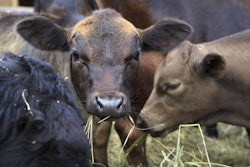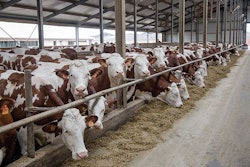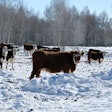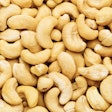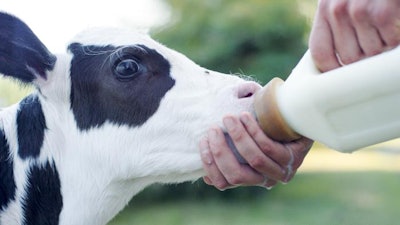
Dairy producers should consider the pros and cons of feeding pasteurized milk to calves in order to maintain health and performance.
“Feeding saleable bulk tank milk to calves usually results in an economic loss to the producer. Pasteurizing and feeding non-saleable milk — essentially waste milk — can be an effective, cost-efficient method for utilizing an otherwise unusable product, provided it can be managed properly,” said Ellan Dufour, dairy research nutritionist with Hubbard Feeds, in a recent report released by the company.
Pros and cons of using pasteurized milk
“There are a multitude of benefits and drawbacks for all methods used to supply the liquid diet to dairy calves, and the go-to method is different for each individual dairy,” Dufour said. Milk replacer feeding programs and pasteurized milk feeding programs are comparable in terms of calf health and calf performance if managed properly, she added.
Some producers simply can’t feed a pasteurized product because they don’t not have the necessities to do so. Those that do, though, may reap the benefits of reduced disease transmission, utilization of waste milk and the opportunity for improved health and performance.
“Heating milk to 162 degrees fahrenheit for 15 seconds is effective at eliminating Staphylococcus, Streptococcus, Salmonella, E. coli, Listeria, Mycobacterium paratuberculosis (the organism responsible for Johne's disease) and Mycoplasma bacterium,” she said. Reducing bacteria is an effective way to reduce the potential of pathogens spreading to other cattle.
Utilization of waste milk is important to producers because otherwise the milk is a loss. It also helps with disposal challenges and environmental concerns that can be an issue during the discarding process.
“Pasteurized waste milk tends to contain more protein and fat on a dry matter basis as compared to a traditional milk replacer, making it more energy-dense,” she said.
Drawbacks
Pasteurized waste milk offers its drawbacks too, including intensive management, inadequate waste milk supply and inconsistent nutrient composition.
Feeding pasteurized milk to calves requires extensive research on what type of pasteurization system is most ideal for each operation's needs.
“Infrastructure needs to be considered to properly harvest, store and transport both pre- and post-pasteurized milk, to avoid contamination and reduce pathogen load. Strict pasteurization, sanitation, maintenance and monitoring protocols need to be set up and strictly followed,” Dufour said.
Monitoring is mandatory to make sure that the pasteurization process is properly completed. Pasteurization failure can occur from human error, malfunctioning and/or contaminated equipment, heating and cooling inadequacies or unusually high bacteria counts in the pre-pasteurized milk,” she said.
Producers may find that there may be times when the supply of waste milk available for all calves is inadequate. This is due to inconsistent and sometimes unpredictable number of cows producing waste milk and the number of calves feeding on milk at any one time, she said.
“The nutrient composition of waste milk is a variable. This inconsistency can cause digestive upset in calves,” she said.
How does it work?
Pasteurization makes sure that any bacteria in the milk isn’t passed on to calves. The collection of the waste milk follows the same procedure as the collection of saleable milk.
“On most dairies, cows producing waste milk are milked last, after all other cows in the herd, and their milk is sent through a different pipeline and into a separate holding tank,” she said.
Batch pasteurization and continuous flow pasteurization are two common methods used.
Batch pasteurization is the oldest method of the process and is common with smaller dairies. In this process, the milk is stirred and heated. It is low cost; however, it may take several hours to complete the process.
Continuous flow pasteurization is known also known as high-temperature short-time (HTST) pasteurization, or flash pasteurization. It circulates milk through a network of heated coils for a rapid increase in temperature. The milk is then quickly cooled for proper feeding temperature. It is the most common method used now, especially for higher-volume processing. This method is faster and more energy efficient than batch pasteurization. This is a more expensive option.
“Typically, pasteurized milk is fed soon after pasteurizing or within 24 hours. If there is a significant delay between pasteurization and feeding, milk can be chilled to 38-40 degrees F until feeding and warmed back to body temperature prior to feeding,” she said.
According to a 2017 report from the U.S. Department of Agriculture, small- and medium-sized dairies rely heavily on milk for calf feeding. Among the dairies feeding milk, more than 50 percent feed unpasteurized saleable or pasteurized non-saleable milk, whereas only 5 percent of the small but 43.8 percent of the large dairies feed pasteurized milk.


